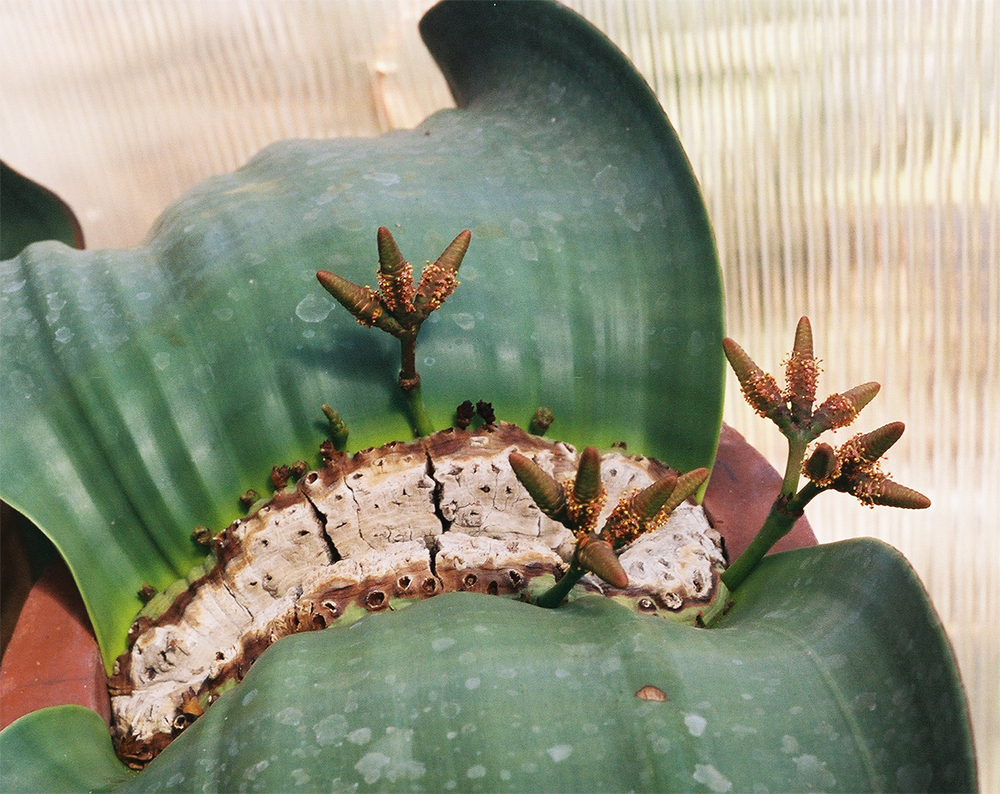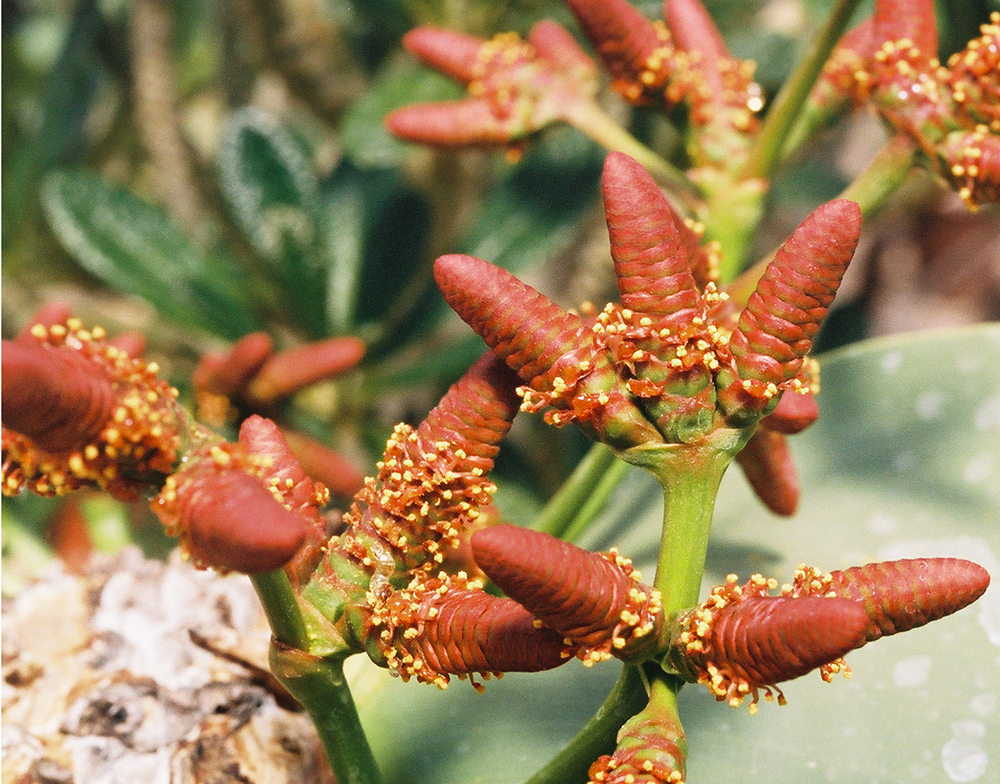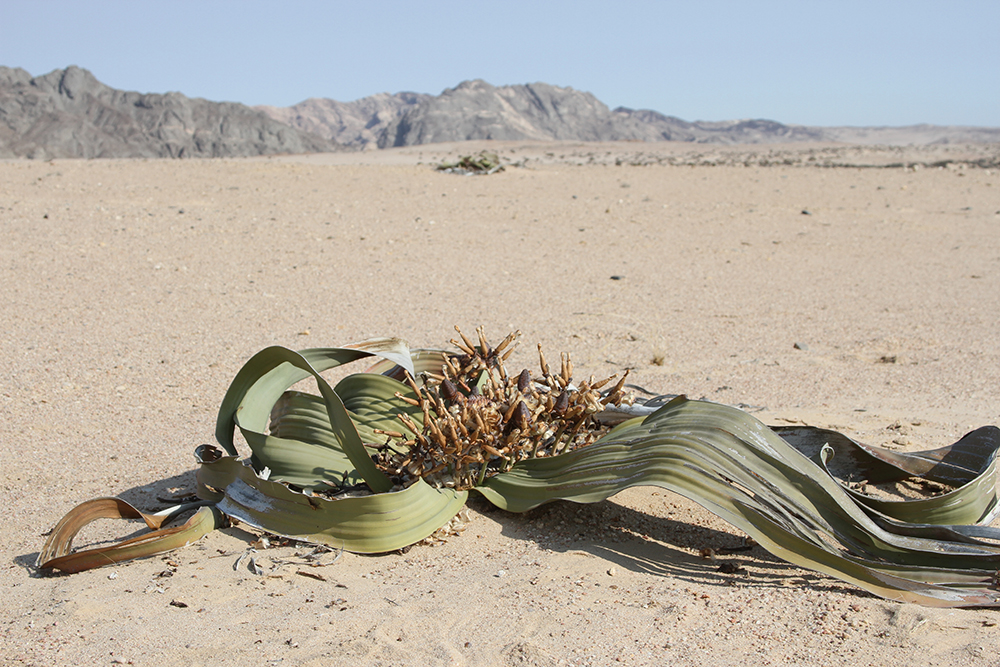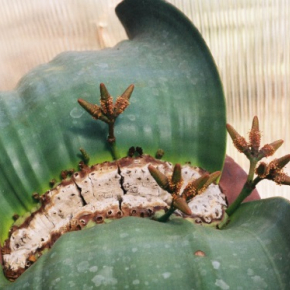
Where do flowers come from? Shedding light on Darwin's "abominable mystery"
The mystery that is the origin of flowering plants has been partially solved thanks to a team from the Laboratoire de Physiologie Cellulaire et Végétale (CNRS/Inra/CEA/Université Grenoble Alpes), in collaboration with the Reproduction et Développement des Plantes laboratory (CNRS/ENS Lyon/Inra/Université Claude Bernard Lyon 1) and Kew Gardens (UK). Their discovery, published in the journal New Phytologist on February 24, 2017, sheds light on a question that much intrigued Darwin: the appearance of a structure as complex as the flower over the course of evolution.
Terrestrial flora is today dominated by flowering plants. They provide our food and contribute color to the plant world. But they have not always existed. While plants colonized the land over 400 million years ago, flowering plants appeared only 150 million years ago. They were directly preceded by a group known as the gymnosperms, whose mode of reproduction is more rudimentary and whose modern-day representatives include conifers.
Darwin long pondered the origin and rapid diversification of flowering plants, describing them as an “abominable mystery”. In comparison with gymnosperms, which possess rather rudimentary male and female cones (like the pine cone), flowering plants present several innovations: the flower contains the male organs (stamens) and the female organs (pistil), surrounded by petals and sepals, while the ovules, instead of being naked, are protected within the pistil.
How was nature able to invent the flower, a structure so different from that of cones? The team led by François Parcy, a CNRS senior researcher at the Cell and Plant Physiology Laboratory (CNRS/Inra/CEA/Université Grenoble Alpes), has just provided part of the answer. To do so, the researchers studied a rather original gymnosperm called Welwitschia mirabilis. This plant, which can live for more than a millennium, grows in the extreme conditions of the deserts of Namibia and Angola, and, like other gymnosperms, possesses separate male and female cones. What is exceptional is that the male cones possess a few sterile ovules and nectar, which indicates a failed attempt to invent the bisexual flower. Yet, in this plant (as well as in certain conifers), the researchers found genes similar to those responsible for the formation of flowers, and which are organized according to the same hierarchy (with the activation of one gene activating the next gene, and so on)!
The fact that a similar gene cascade has been found in flowering plants and their gymnosperm cousins indicates that this is inherited from their common ancestor. This mechanism did not have to be invented at the time of the origins of the flower: it was simply inherited and reused by the plant, a process that is often at work in evolution.
The study of the current biodiversity of plants thus enables us to go back in time and gradually sketch the genetic portrait of the common ancestor of a large proportion of modern-day flowers. The team is continuing to study other traits to better understand how the first flower emerged.

Detail of a Welwitschia mirabilis plant showing its two leaves and male cones.

Close-up on male cones, on which pollen can be seen.

A female Welwitschia mirabilis plant in its natural environment in the desert of Namibia.
A link between LEAFY and B-gene homologs in Welwitschia mirabilis sheds light on ancestral mechanisms prefiguring floral development, Edwige Moyroud, Marie Monniaux, Emmanuel Thévenon, Renaud Dumas, Charles P. Scutt, Michael W. Frohlich, François Parcy. New Phytologist, February 24, 2017. DOI: 10.1111/nph.14483 View web site


